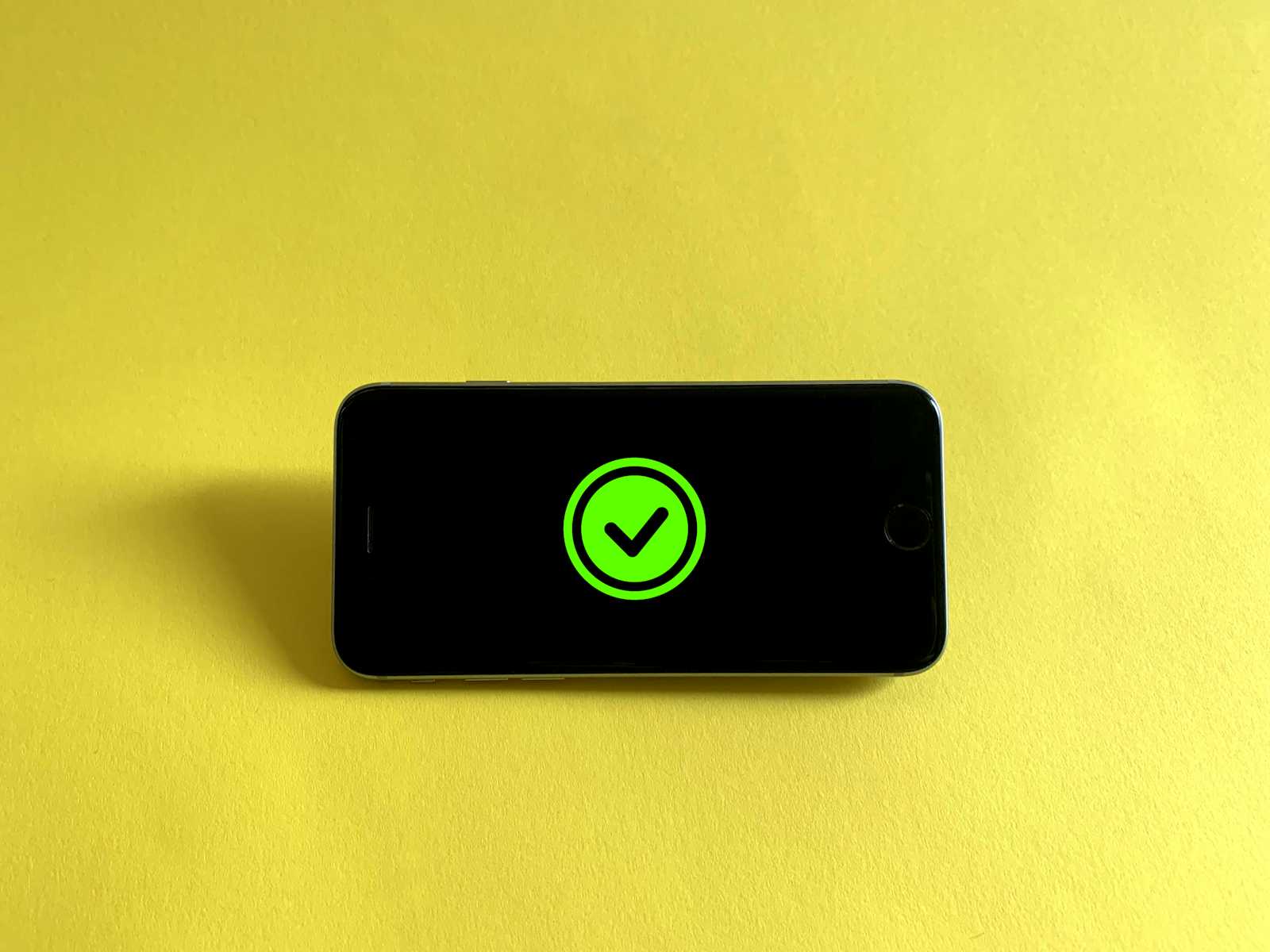How TLS/SSL Encryption Protects the Internet?
 Faiz Ahmed Farooqui
Faiz Ahmed FarooquiTable of contents
- Understanding the Security Behind HTTPS
- 🌍 What is TLS/SSL Encryption?
- 🔑 How TLS/SSL Works: The Handshake Process
- 📌 Step-by-Step Breakdown of the TLS Handshake
- 🔍 TLS vs SSL: What’s the Difference?
- 🔒 Why is TLS/SSL Important for Security?
- 🌍 Where is TLS/SSL Used?
- 🛠️ How to Implement TLS/SSL?
- 🚀 Final Thoughts
- About Me 👨💻

Understanding the Security Behind HTTPS
Have you ever noticed the padlock icon 🔒 in your browser’s address bar? That’s because TLS/SSL encryption is securing your connection! Without TLS (Transport Layer Security), attackers could eavesdrop on your data, steal credentials, or perform man-in-the-middle (MITM) attacks.
In this article, we’ll break down how TLS/SSL works, why it’s essential, and how it secures modern internet communication.
🌍 What is TLS/SSL Encryption?
TLS (Transport Layer Security) and its predecessor, SSL (Secure Sockets Layer), are cryptographic protocols that provide secure communication between clients (browsers, apps) and servers (websites, APIs).
🔹 Why Do We Need TLS/SSL?
✔ Confidentiality – Data is encrypted, preventing unauthorized access.
✔ Integrity – Ensures data is not altered during transmission.
✔ Authentication – Verifies that you’re connecting to the real website, not an imposter.
🔑 How TLS/SSL Works: The Handshake Process
When you visit a website using HTTPS, your browser and the server perform a TLS handshake before data transmission begins.
sequenceDiagram
participant Client (Browser) as 🔵 Client (Browser)
participant Server (Website) as 🟢 Server (Website)
Client (Browser) ->> Server (Website): 1️⃣ Hello! Send me your TLS certificate 📜
Server (Website) -->> Client (Browser): 2️⃣ Here’s my certificate! 🛡️ (Signed by CA)
Client (Browser) ->> Server (Website): 3️⃣ I trust the CA! Let's generate session keys 🔑
Server (Website) -->> Client (Browser): 4️⃣ Secure session established! 🔒
Note right of Client (Browser): 🔐 Now all data is encrypted!
📌 Step-by-Step Breakdown of the TLS Handshake
1️⃣ Client Hello:
The browser (client) requests a secure connection from the server.
It sends supported encryption algorithms (ciphers) and a random number.
2️⃣ Server Hello & Certificate Exchange:
- The server responds with its TLS certificate, containing:
✔ The server’s public key 🔑
✔ The Certificate Authority (CA) signature 🛡️
✔ The domain name it’s issued for
3️⃣ Key Exchange:
The client validates the certificate with the CA’s public key.
A session key is generated for encryption.
4️⃣ Secure Connection Established:
- All further communication is encrypted using symmetric encryption (AES).
🔍 TLS vs SSL: What’s the Difference?
| Feature | SSL (Deprecated) | TLS (Modern Standard) |
| Security | Weak, vulnerable to attacks | Stronger encryption & protection |
| Performance | Slower | Faster, optimized handshakes |
| Supported Versions | SSL 2.0, SSL 3.0 (Deprecated) | TLS 1.2, TLS 1.3 (Latest) |
| Used In | Older web apps | Modern HTTPS websites, APIs |
📌 TLS 1.3 is the latest version, offering faster performance and stronger encryption.
🔒 Why is TLS/SSL Important for Security?
✅ Prevents MITM Attacks – Ensures no one can intercept or modify data.
✅ Encrypts Sensitive Data – Protects passwords, credit card info, API requests.
✅ Builds Trust & SEO Benefits – Google ranks HTTPS sites higher than HTTP.
🌍 Where is TLS/SSL Used?
📌 Websites & Browsers (HTTPS) – Protects login pages, payments, personal data.
📌 APIs & Web Services – Ensures secure data exchange between systems.
📌 Emails (SMTP over TLS) – Encrypts email communications.
📌 VPNs & Secure Networks – Protects corporate data over public networks.
🛠️ How to Implement TLS/SSL?
1️⃣ Obtain an SSL/TLS Certificate from a trusted Certificate Authority (CA).
Free options: Let’s Encrypt
Paid: DigiCert, GlobalSign, GoDaddy
2️⃣ Enable HTTPS on Your Server
For NGINX:
sudo certbot --nginx -d yourdomain.comFor Apache:
sudo certbot --apache -d yourdomain.com
3️⃣ Use Strong TLS Versions & Ciphers
Disable weak protocols like SSL 3.0, TLS 1.0
Enforce TLS 1.2 or TLS 1.3
4️⃣ Check Your TLS Configuration
- Use SSL Labs Test → https://www.ssllabs.com/ssltest/
🚀 Final Thoughts
TLS/SSL is the backbone of secure internet communication. Without it, hackers could intercept, modify, and steal sensitive data.
✅ Always use HTTPS for websites & APIs.
✅ Upgrade to TLS 1.3 for better performance & security.
✅ Check your SSL certificate regularly to avoid expiration.
Would you like a tutorial on setting up TLS for Node.js or AWS API Gateway? Let’s discuss in the comments! 👇
About Me 👨💻
I'm Faiz A. Farooqui. Software Engineer from Bengaluru, India.
Find out more about me @ faizahmed.in
Subscribe to my newsletter
Read articles from Faiz Ahmed Farooqui directly inside your inbox. Subscribe to the newsletter, and don't miss out.
Written by

Faiz Ahmed Farooqui
Faiz Ahmed Farooqui
Principal Technical Consultant at GeekyAnts. Bootstrapping our own Data Centre services. I lead the development and management of innovative software products and frameworks at GeekyAnts, leveraging a wide range of technologies including OpenStack, Postgres, MySQL, GraphQL, Docker, Redis, API Gateway, Dapr, NodeJS, NextJS, and Laravel (PHP). With over 9 years of hands-on experience, I specialize in agile software development, CI/CD implementation, security, scaling, design, architecture, and cloud infrastructure. My expertise extends to Metal as a Service (MaaS), Unattended OS Installation, OpenStack Cloud, Data Centre Automation & Management, and proficiency in utilizing tools like OpenNebula, Firecracker, FirecrackerContainerD, Qemu, and OpenVSwitch. I guide and mentor a team of engineers, ensuring we meet our goals while fostering strong relationships with internal and external stakeholders. I contribute to various open-source projects on GitHub and share industry and technology insights on my blog at blog.faizahmed.in. I hold an Engineer's Degree in Computer Science and Engineering from Raj Kumar Goel Engineering College and have multiple relevant certifications showcased on my LinkedIn skill badges.